Qianlong ordered the exhumation and burning of 700,000 books just because of this one person!
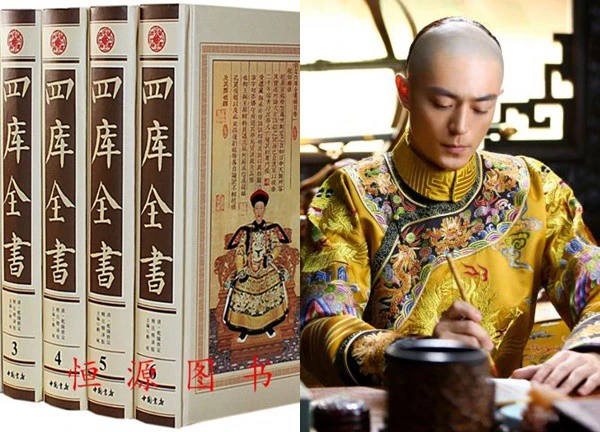
2 | 1 Discuss | Share
Qianlong spent a mountain of money to build Can Trai in the 37th year of his reign so that after "retirement" he would come to live. However, he never set foot in it, making posterity feel extremely confused.
Qianlong Emperor Qing Gaozong (also known as King Qianlong) was the sixth emperor of the Qing Dynasty. He is known as the longest-lived king in China's feudal history (88 years old) and spent 60 years on the throne. The country under his rule developed and prospered in all aspects.
In records, Qianlong was famous as the emperor whose luxurious life was famous among the kings of the Ai Xinjie family. During his reign, Qianlong often organized many patrols that cost a lot of money from the treasury. Not only that, he also spent a large amount of money to build the palace as his place of rest and enjoyment.
One of the most famous architectural works, advocated by King Qianlong is Can Trai District. It is known that Can Trai began construction in 1772, also the 37th year Qianlong ascended the throne. Can Trai District is located in the north of Ninh Tho Palace Garden, behind Phu Vong Ca.
The architecture of Can Trai is modeled after Kinh Thang Trai in Kien Phuc palace garden, with 9 small rooms connected to a guard located on the top of the hill. One of the reasons why Can Trai Palace has become the most luxurious and expensive palace in the Forbidden City is the construction materials.
The Qianlong King mobilized all resources to find a tree called Kim Silk Nam Moc to serve the construction of Can Trai District. It is known that the wood of the Southern Jupiter tree is extremely rare and today is worth up to 9,000 billion VND / tree.
It is said that after finding many Southern Silk trees, Qianlong invited skilled carpenters to carve on precious wood to form decorative bamboo sticks.
Inside Can Trai District, there is a space built as a theater stage to serve Qianlong to watch and sing. The theater stage is inlaid with jewels on four sides, on the surrounding wall and ceiling are painted paintings in the style of painting combining traditional East and newly imported West.
Today, when visiting Can Trai District, people can still admire these elaborate and meticulous paintings painted on the ceiling and walls. The paintings take typical materials of local culture with motifs of white cranes, palaces or Western vines.
From building materials to decoration ideas in Can Trai District, they all exude the care of the owner. Therefore, Can Trai Palace has always been considered the most sophisticated palace in the Forbidden City.
However, a strange thing is that despite spending a lot of effort and money to build Can Trai District, Qianlong did not set foot in the house, but only went back and forth between the Forbidden City and Yuan Mingyuan.
It is known that Qianlong originally planned to build Can Trai District as a nursing home after he "retired". However, despite passing the throne to his son and retiring as Crown Emperor, Qianlong still lived forever in the Heart Palace with no intention of going to Can Trai Palace. It was not until near the end of his life that he came to this palace to enjoy his old age.
The reason why Qianlong did not live in Can Trai District, is given by the people as follows: First, Qianlong was a king who was passionate about fame and power. Many people believe that although he is no longer king, he still wants to take real power and manage the affairs of the court. Therefore, he lived in the Heart Palace to easily control his son Jiaqing. This is also the cause that seems most plausible.
The second thing is said to be that in the last years of his life, Qianlong often faced many criticisms for his luxurious and hedonistic lifestyle, so he did not want to move to Can Trai District, making people even more hateful.
The famous king hopes to rebuild his good image in the hearts of the people. To date, the real reason for this confusing act of his has not been found.
Interesting things about the Forbidden City
The Forbidden City, or Old Palace as it is called today, is located in the heart of downtown Beijing. It was the residence of dynasties from the middle of the Ming Dynasty to the end of the Qing Dynasty. It can be said that this castle is a symbol of the power of the Emperor and the Chinese feudal dynasties.
The place became vacant in 1912 when King Puyi, the last king of China's feudal dynasty, abdicated. Stepping into the grounds of the Forbidden City, one will see that most of the tiles on the roofs of the palaces are yellow. This type of golden borage tile - this color corresponds to earth, which is the center of the five elements.
The Forbidden City never floods. Hundreds of years have passed but the drainage system here is still working very well. Right from the first year of construction in the Ming Dynasty, the designer built according to the principle of "north high south low" so that water flows out. Today, even if Beijing is engulfed in floods, the inside of the Forbidden City remains safe and dry.
The Forbidden City also has its own museum with a massive priceless collection. It currently houses more than 1 million valuable items, related to the kings in China, including offerings brought from other countries. These treasures are considered national heritage, managed and protected by the Chinese government.
Since the Qing Dynasty, the inside of the Forbidden City had to obey the rules, no man was allowed to stay here after sunset, except the Emperor. The number 9 is the lucky number of the Chinese, and also represents the Emperor. Therefore, in the Forbidden City, there are 9 doors leading to the harem.
At the entrance area of the harem appeared pairs of male and female lions located on the stone pedestal. The male lion holds the ball, a symbol of power. Meanwhile, the lioness holds the lion cub, the symbol of life.
The 5 p.m. Forbidden City is an eviction, which is related to the shocking incident 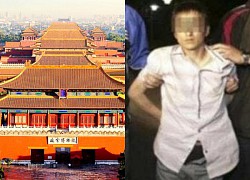 Phượng Vũ09:46:34 11/02/2024Every morning before 5 p.m., all visitors at China's Palace are forced to leave. Many people wonder why this attraction closed so early.
Phượng Vũ09:46:34 11/02/2024Every morning before 5 p.m., all visitors at China's Palace are forced to leave. Many people wonder why this attraction closed so early.

2 | 1 Discuss | Share
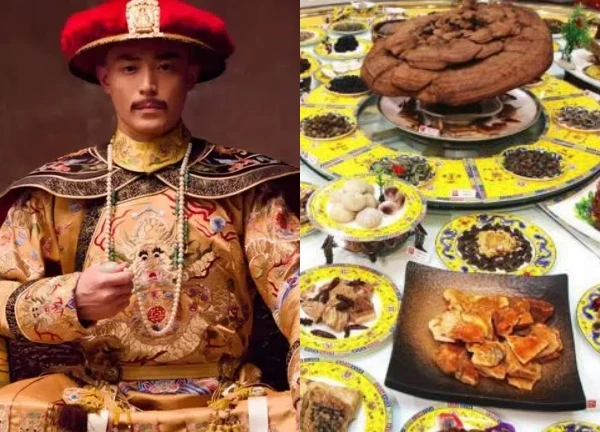
2 | 0 Discuss | Share
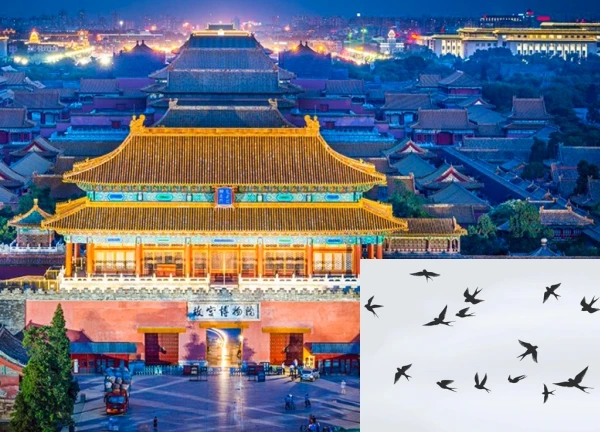
1 | 1 Discuss | Share
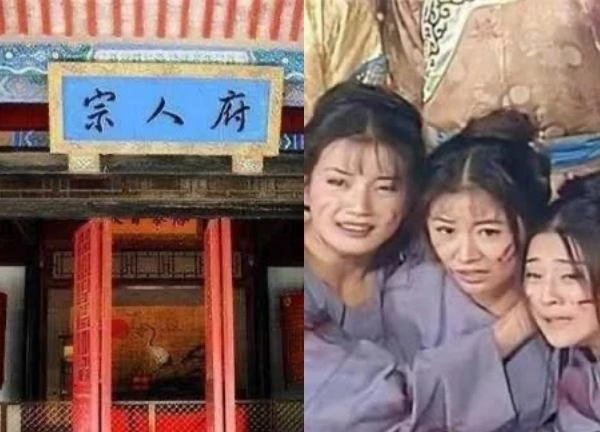
3 | 1 Discuss | Share
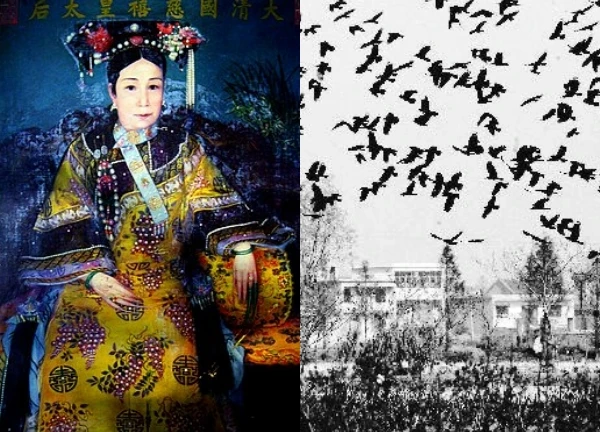
1 | 1 Discuss | Share
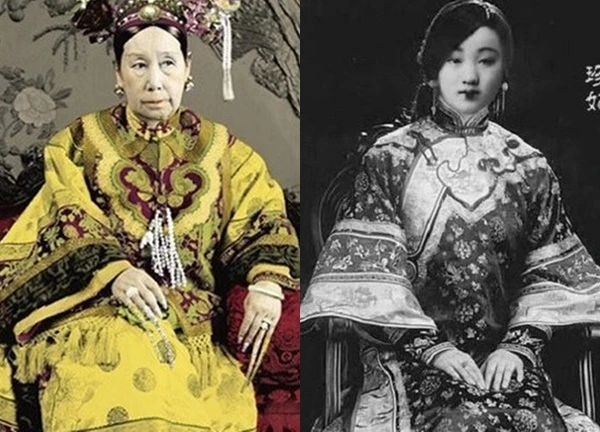
2 | 1 Discuss | Share
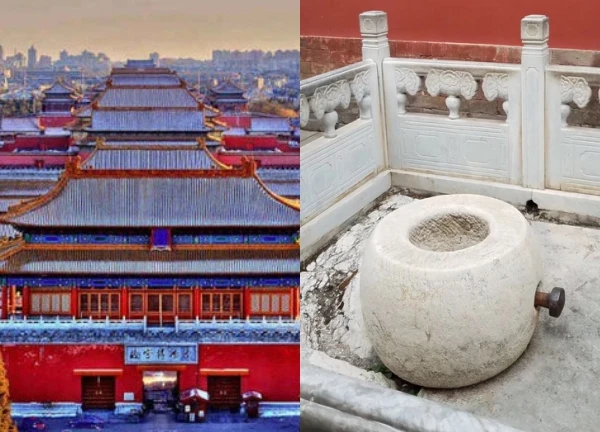
2 | 1 Discuss | Share
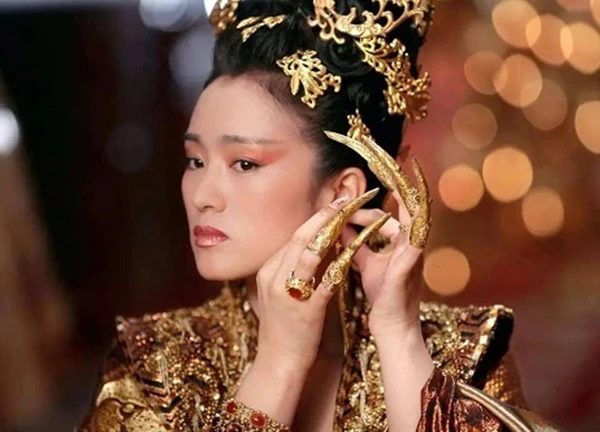
1 | 1 Discuss | Share

2 | 1 Discuss | Share
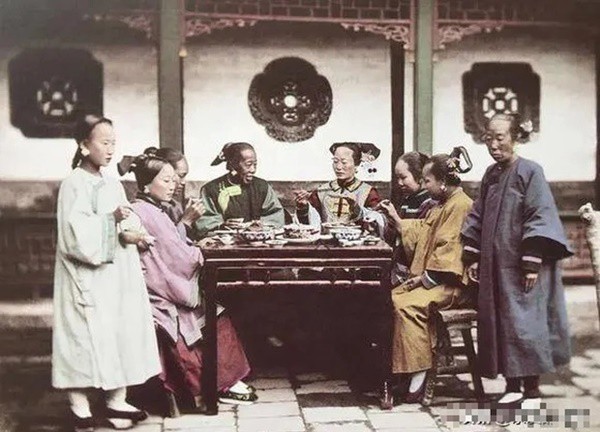
2 | 1 Discuss | Share
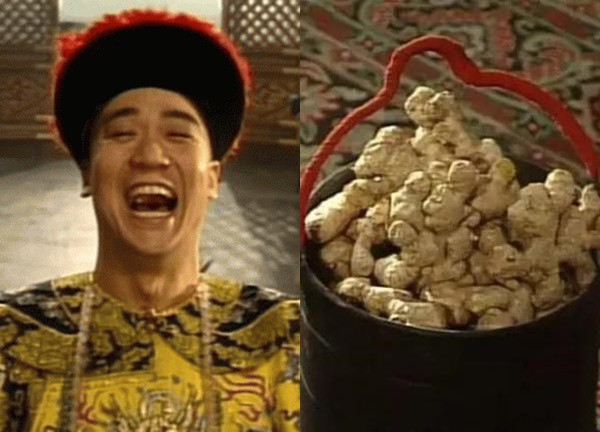
3 | 1 Discuss | Share
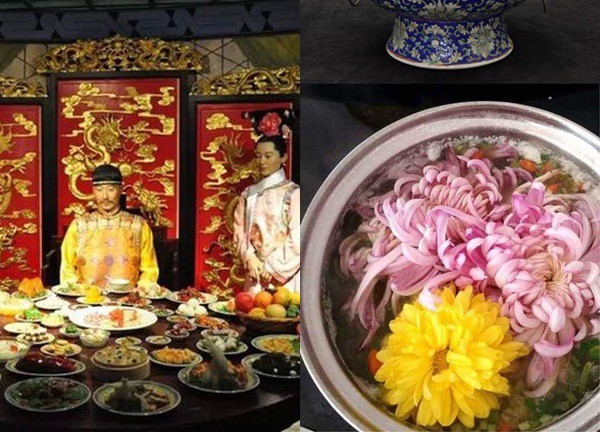
3 | 0 Discuss | Share










1 | 1 Discuss | Report